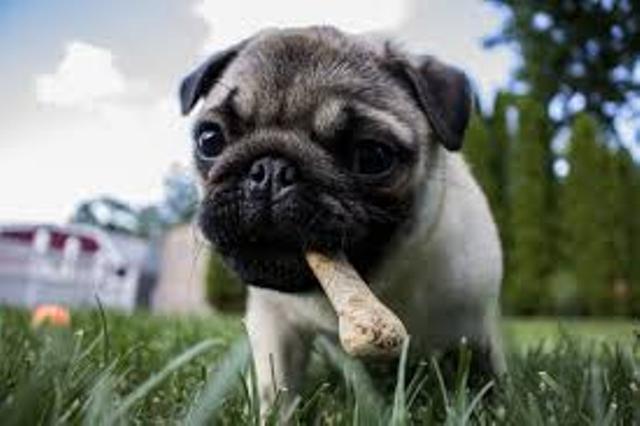
Cleanliness in the puppy is an important step in its evolution. In the dog, it corresponds to a need for phylogenetic marking which is common with the wolf and linked to its specific renal system. This need and this system are the surest means of making a dog clean very quickly, without any real learning other than that of using its natural faculties. Together with the dog, the cat is the other animal that can be “cleaned”. For this feline, it is an innate (phylogenetic) survival characteristic, in order not to be spotted by other predators.
How does the marking reflex work?
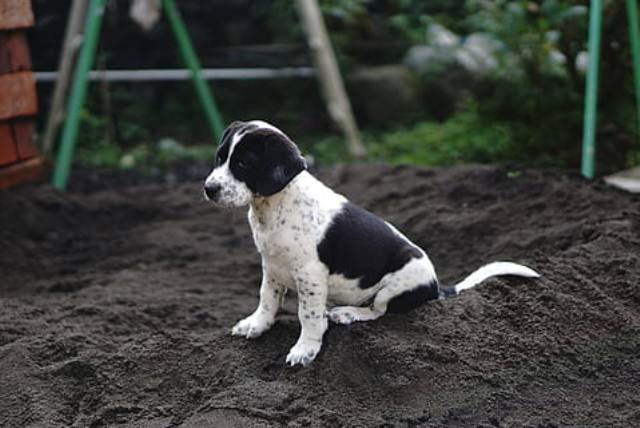
In territorial animals, tagging uses all possible and imaginable means to delimit a territory and let intruders know that they are not welcome: urine, feces, odoriferous glands, etc. The more they will be noticed, the better the territory will be delimited and identified. However, this type of marking is only an expression of a much more general model of communication, as many non-territorial animals also use it. In fact, neither the gray wolf nor the dog are territorial animals. Rather, they are considered social animals and tagging is primarily a powerful vehicle for communication between individuals in a group.
Kidney system of the dog
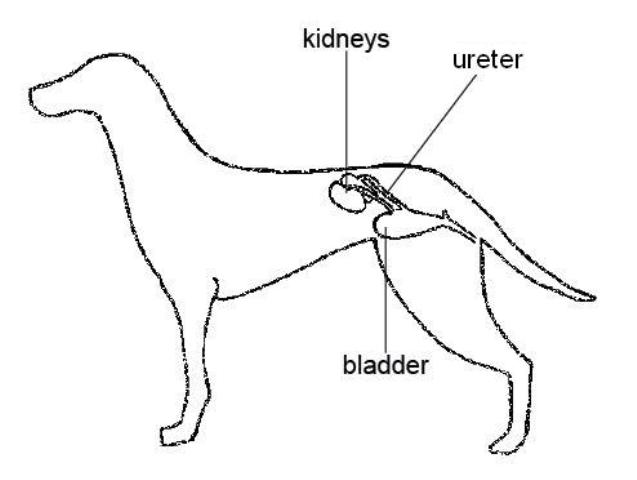
In order to be able to dispose of urine for marking purposes, the dog has a very specific renal system, the essential feature of which is that it is designed to retain urine and store it. This system is moreover common to both dogs and bitches, which will greatly facilitate their learning of “cleanliness” in a very simple and quick way.
Marking in dogs
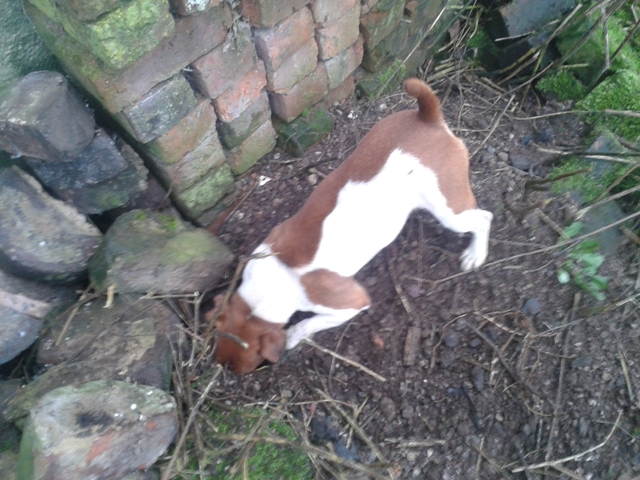
The uses of marking in dogs are multiple:
– to give information on its presence, age, size, health, emotional state, determination;
– to mark his path, to know where and when he has already passed, if it is an unknown place, what he – – has felt there (fear, for example);
– to mask disturbing smells (e.g. fear pheromones left by another dog);
– to reassure himself.
This represents a whole language, many aspects of which escape us. By promoting this natural and important type of communication, we will only be using the dog’s restraining faculties. Of course, at home, he may also want to use marking (masking worrying smells, indicating his presence, reassuring himself, etc.). However, it won’t take long to make him understand that there is a place for that: outside.
Influence of food
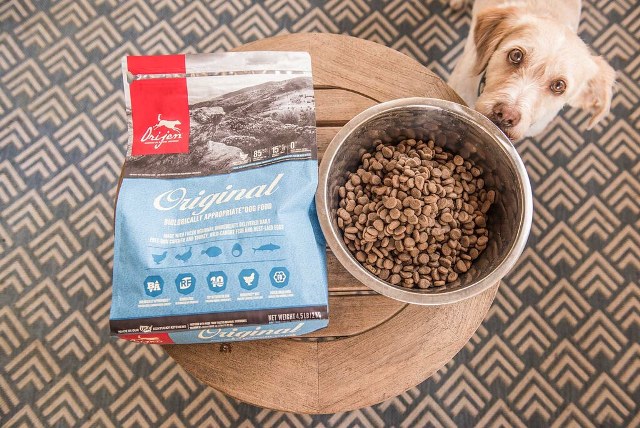
The study of a behaviorist (Eric Laborde in Good Food, Good Dog – 2015) on dog excreta in public spaces has highlighted the major influence of a dog’s diet on its excreta: frequency, composition, smell, consistency, weight, and volume. This seems obvious at first glance, yet the results are quite surprising.
They are as follows:
– With an industrial, dry or wet, private label, veterinary, brand name, or even organic food, the weight of the droppings is between 30 and 50% of the ingested mass.
– With a healthy, natural diet, the weight of excreta is between 10 and 15% of the mass ingested, i.e. 50 to 70% less. Grey wolves generally have 10 %.
This influence will have very clear consequences on :
– the capacity of the dog to be able to retain itself;
– the frequency and times of his outings;
– more generally on the evolution of his state of health: incontinence, diarrhea, colon, pancreas, kidneys, etc.
Cleanliness of the puppy and digestive system

A large gray wolf ingests between 3 and 4 kilograms of meat in a single meal. It will then spend between 34 and 38 hours digesting it. Since it is not a territorial animal and since excrement, by its stronger odor and dispersal power, is likely to attract the attention of other predators or other packs, it will prefer to move away from the group and very often find a bush to defecate.
On the other hand, a dog eats much less in a single meal, but above all has a much shorter digestion cycle, between 8 and 12 hours:
This already means that if he takes 2 meals a day (split), it will produce 2 digestion cycles, and thus 2 distinct needs, at 2 distant moments of the day.
Moreover, depending on the type of food, industrial or natural, a dog may need several outings per day (increased frequency). Also, the congestion of the colon, and therefore the urgency to empty it, will be proportional (less holding capacity).
Nevertheless, just like the gray wolf, the dog will always prefer to take its droppings out of its living area, as long as it is encouraged to do so “naturally”. Learning how to use the gutter can then be simple since it corresponds to this need to “conceal” the dog’s droppings.
However, you can contact First Coast Scoopers in Jacksonville. They are the premier pet waste cleanup service providing Commercial Poop Scooping, Pet Waste Station, Pet Waste Bag, Pet Waste Station Service, and Residential Waste Cleanup. This way, you will be able to enjoy quality time with your pet and you won’t have to worry about the dirty job.
Hope this post helps you out with your pet’s cleanliness. Remember to leave your comments and share your experience with our readers in the section below!

4 Replies to “Cleanliness of a Puppy: The Marking Reflex”